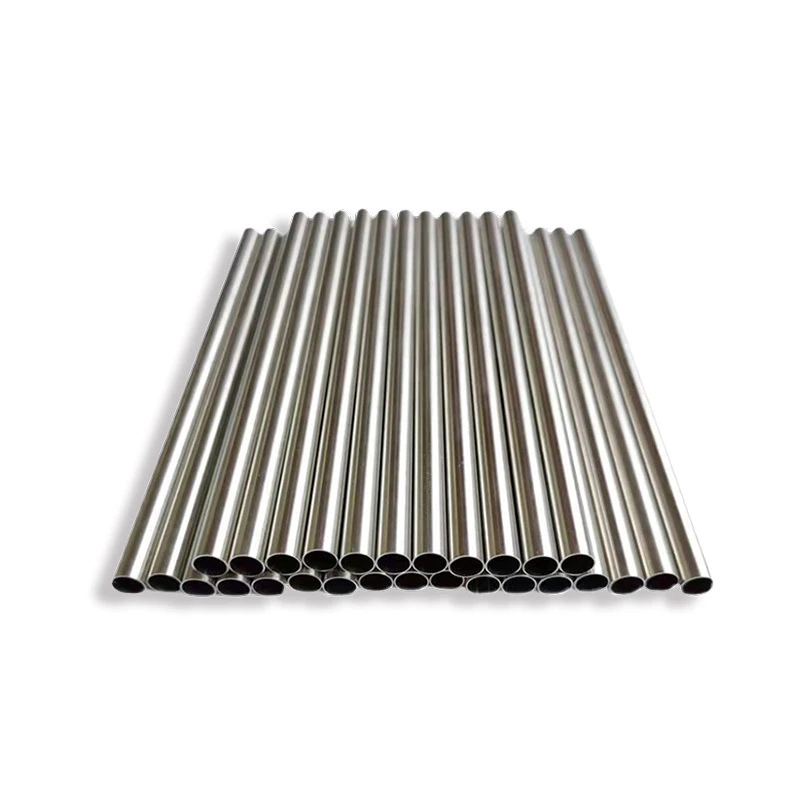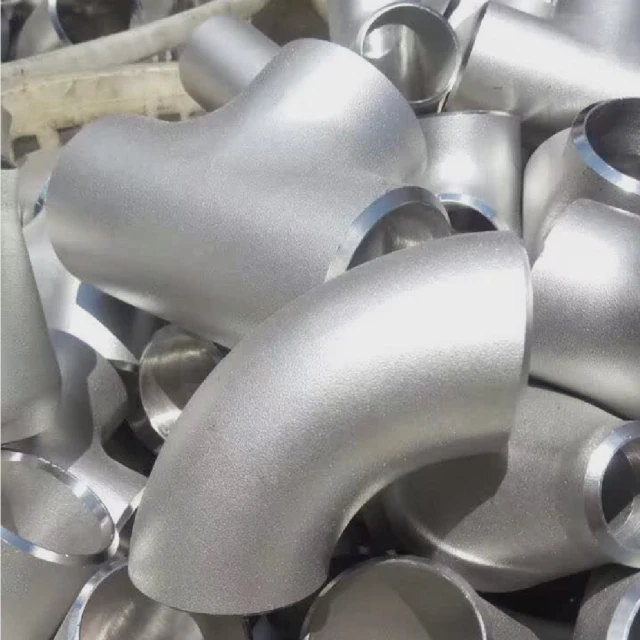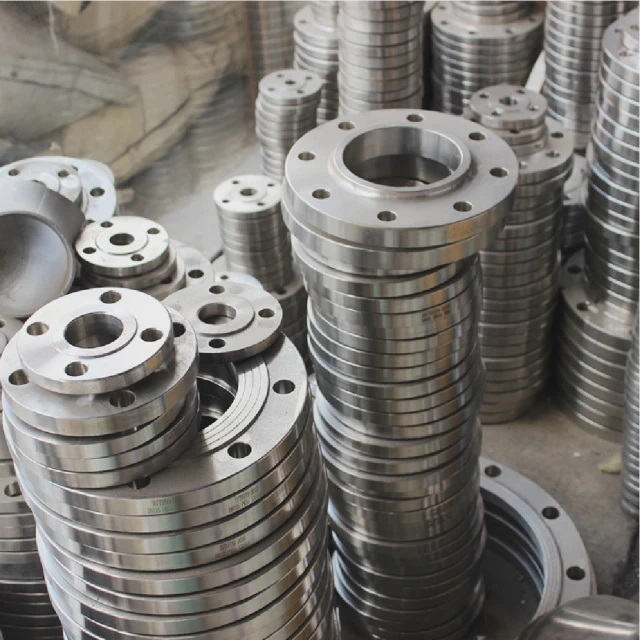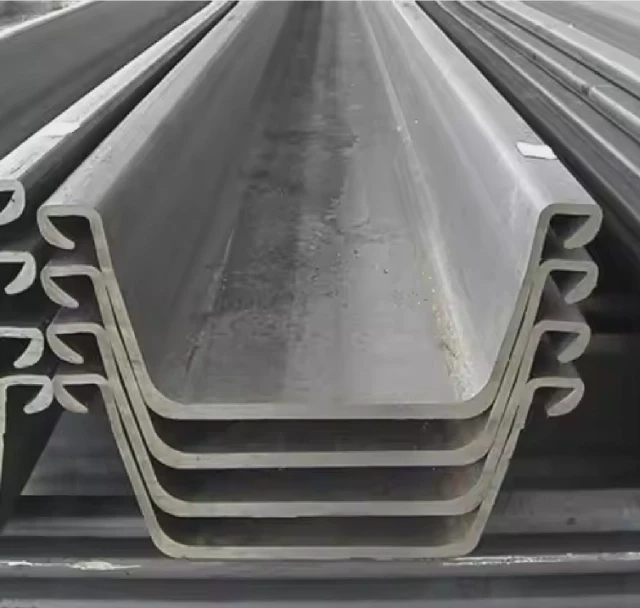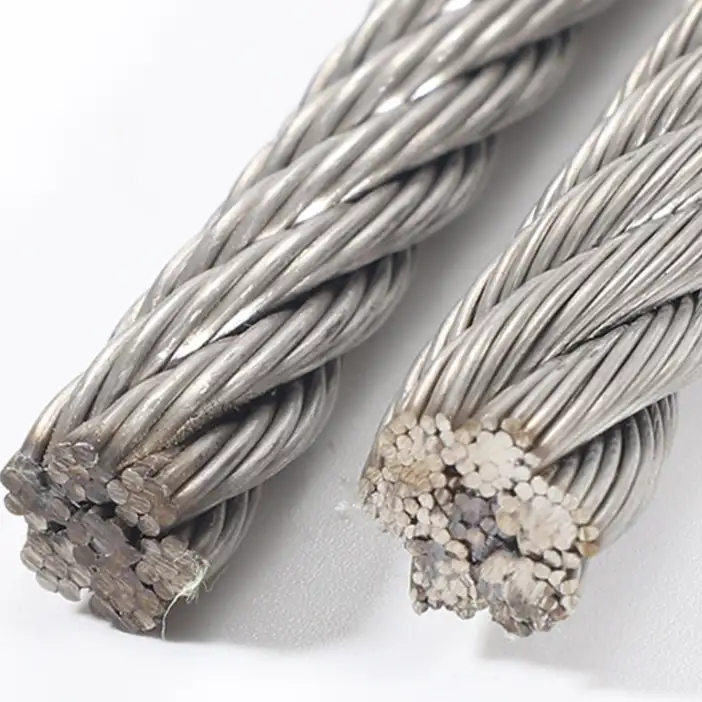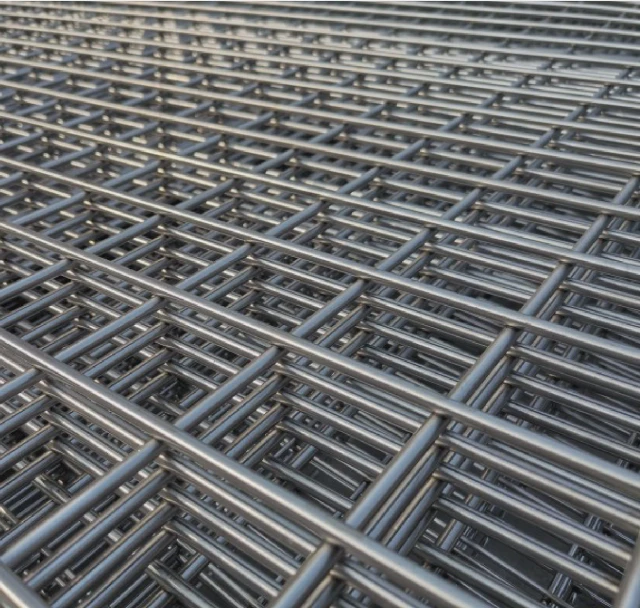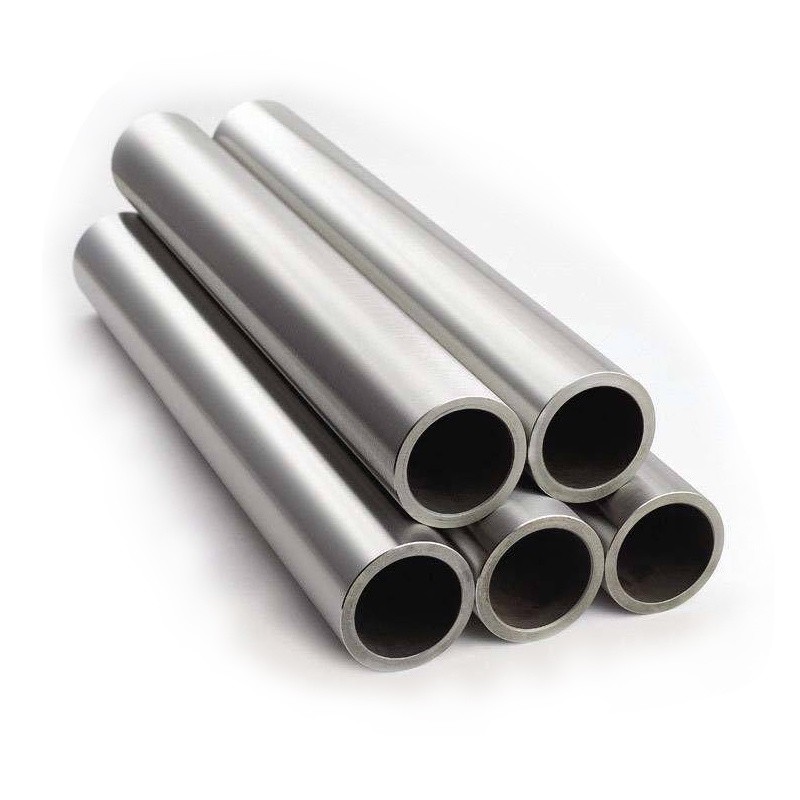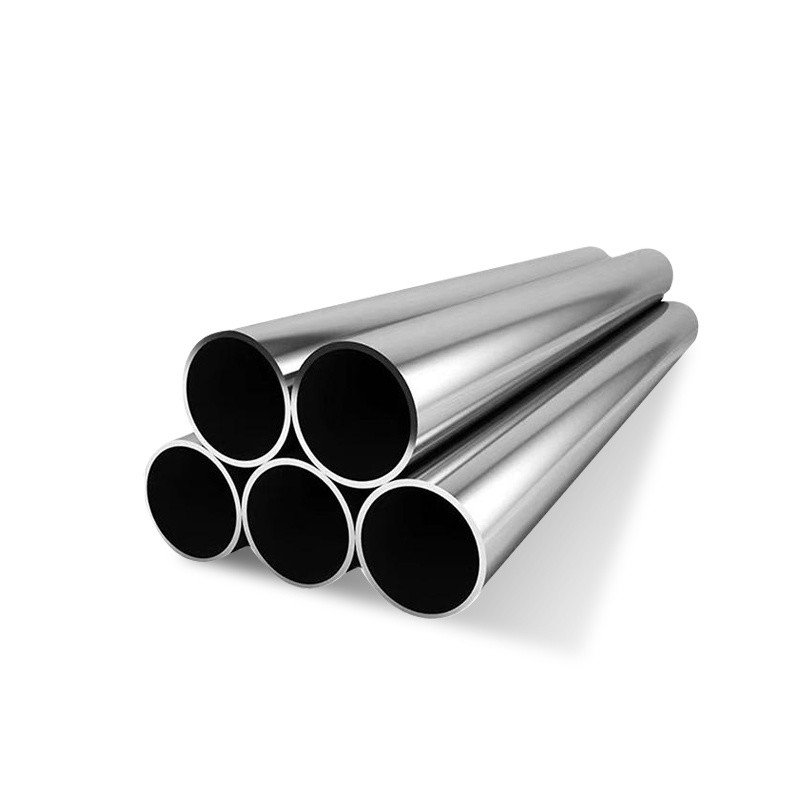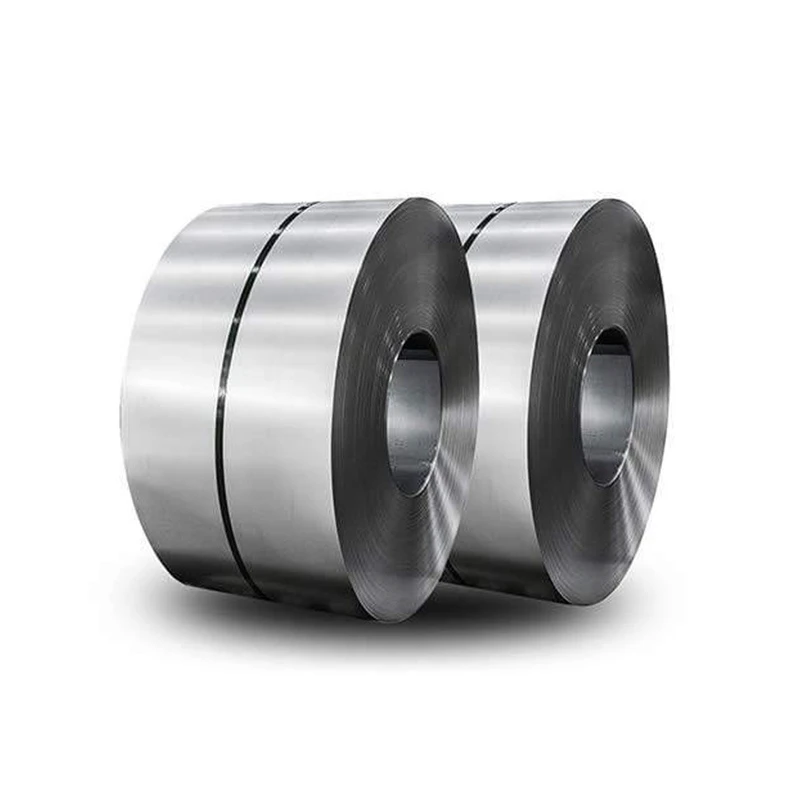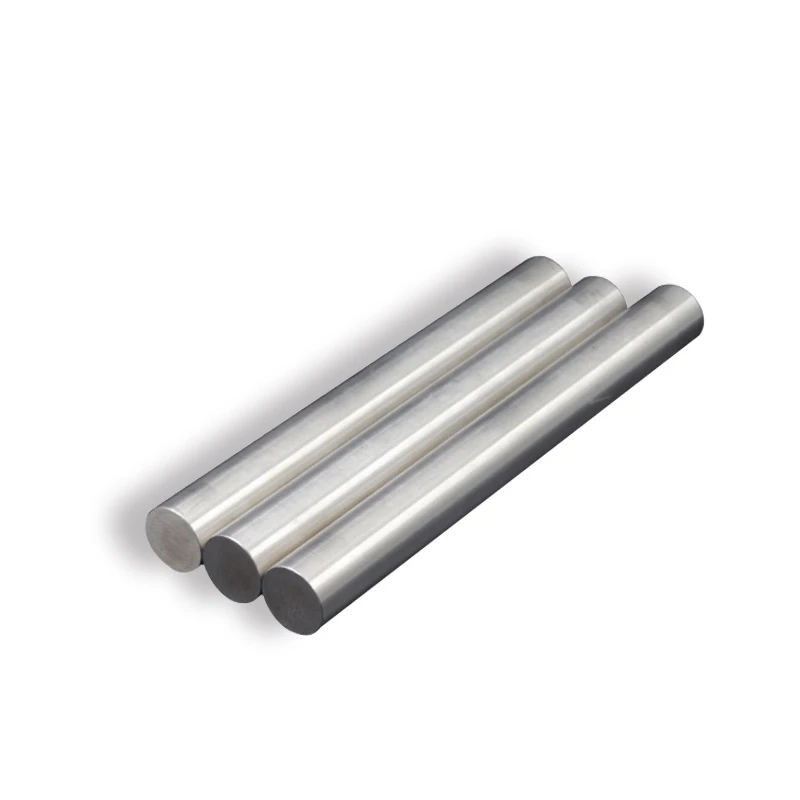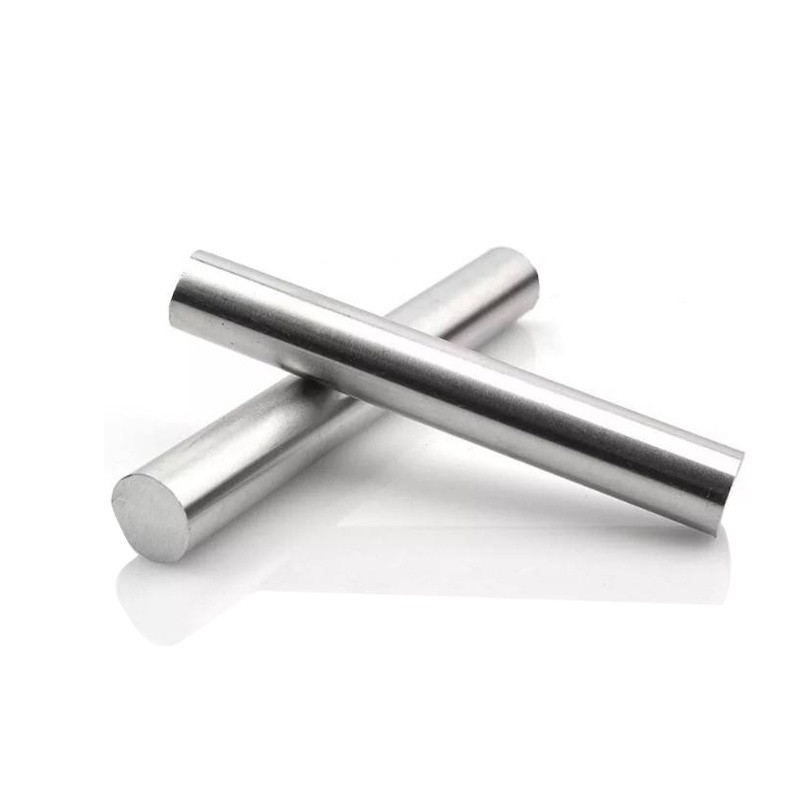
CATEGORIES
FEATURED PRODUCTS
ASTM 303 Stainless Steel Pipe
We offer this product and related grades with 100% factory direct pricing and free quotes available within 24 hours.
APPLICATION SCENARIOS

OUR ADVANTAGE

Certificate of Honor

PARTNER

Our Factory

303 stainless steel is a popular grade of austenitic stainless steel, known for its excellent machinability and ease of fabrication. It is widely used in various industries, particularly where intricate machining or high-speed production is required. This type of steel, often available in pipe form, is ideal for producing high-quality components that need to meet strict mechanical and dimensional standards.
1. Introduction to 303 Stainless Steel Pipe
303 stainless steel is a free-machining grade of austenitic stainless steel designed to offer superior machinability compared to other grades like 304 and 316. It is primarily composed of iron, chromium, and nickel, with added sulfur and phosphorus to enhance its machining properties. This alloy is commonly used to manufacture parts that are complex in shape, require frequent machining, and where corrosion resistance is still a key requirement.
303 stainless steel pipes are known for their exceptional machinability, which makes them ideal for high-speed and automated machining processes. While 303 provides good corrosion resistance, it may not be as resistant to harsh environments as 304 or 316 stainless steels.
Key Features of 303 Stainless Steel Pipe:
-
High Machinability: Ideal for applications that require complex shapes or high-volume production.
-
Corrosion Resistance: While good, it is lower compared to 304 and 316 stainless steels.
-
Non-magnetic: Typically non-magnetic in the annealed condition.
-
Good Strength: Exhibits excellent tensile and yield strength, making it suitable for various mechanical applications.
2. Chemical Composition of 303 Stainless Steel Pipe
The chemical composition of 303 stainless steel is specifically engineered to offer excellent machinability while maintaining reasonable strength and corrosion resistance. The main alloying elements in 303 stainless steel include:
-
Chromium (Cr): Provides excellent corrosion resistance, helping to prevent oxidation.
-
Nickel (Ni): Enhances the strength, toughness, and overall ductility of the alloy.
-
Sulfur (S) and Phosphorus (P): These elements are intentionally added to improve machinability by promoting chip formation during machining.
-
Carbon (C): Contributes to the alloy’s hardness and strength, but too much carbon can lead to reduced corrosion resistance.
Table: Chemical Composition of 303 Stainless Steel Pipe
| Element | Content (%) |
|---|---|
| Chromium (Cr) | 17.0–19.0% |
| Nickel (Ni) | 8.0–10.0% |
| Manganese (Mn) | 2.0% max |
| Sulfur (S) | 0.15% max |
| Phosphorus (P) | 0.20% max |
| Carbon (C) | 0.15% max |
| Silicon (Si) | 1.0% max |
3. Mechanical Properties of 303 Stainless Steel Pipe
The mechanical properties of 303 stainless steel pipes make them suitable for a wide range of applications where good strength and ease of fabrication are important. The key mechanical properties include:
-
Tensile Strength: Typically around 75,000 psi (515 MPa), which ensures that 303 stainless steel pipes can withstand significant loads before failure.
-
Yield Strength: Around 30,000 psi (205 MPa), making it ideal for applications where moderate strength is required.
-
Elongation: Approximately 40% in 8 inches (200 mm), providing good formability for machining processes.
-
Hardness: The Brinell hardness of 303 stainless steel pipes is around 201, ensuring resistance to wear and impact under normal operating conditions.
Table: Mechanical Properties of 303 Stainless Steel Pipe
| Property | Value |
|---|---|
| Tensile Strength | 75,000 psi (515 MPa) |
| Yield Strength | 30,000 psi (205 MPa) |
| Elongation (%) | 40% (in 8 inches or 200 mm) |
| Hardness (Brinell) | 201 |
4. Applications of 303 Stainless Steel Pipe
303 stainless steel pipes are widely used in industries where high-speed machining, corrosion resistance, and good mechanical properties are necessary. Some common applications include:
-
Machinery Components: 303 is frequently used to manufacture intricate parts that require complex shapes, such as gears, shafts, and valves.
-
Aerospace: Used in the production of parts that need to be lightweight but resistant to oxidation, such as aircraft components.
-
Automotive: 303 stainless steel is used to manufacture fasteners, bolts, and parts that require high-precision machining.
-
Food Processing: In applications where cleanliness and corrosion resistance are necessary, such as in food production equipment.
-
Electronics: Often used for manufacturing electronic components that need to be machined with precision.
Table: Key Applications of 303 Stainless Steel Pipe
| Industry | Application |
|---|---|
| Machinery Components | Gears, shafts, fasteners |
| Aerospace | Aircraft parts, engine components |
| Automotive | High-precision parts, bolts |
| Food Processing | Food production equipment |
| Electronics | Electronic components |
5. Comparison with Other Stainless Steel Grades
While 303 stainless steel offers excellent machinability, it does not provide the same level of corrosion resistance as other stainless steel grades like 304 and 316. Let’s compare 303 stainless steel with some other commonly used grades in the industry.
Table: Comparison of 303, 304, and 316 Stainless Steel Pipes
| Property | Grade 303 Stainless Steel | Grade 304 Stainless Steel | Grade 316 Stainless Steel |
|---|---|---|---|
| Chromium (Cr) | 17.0–19.0% | 18.0–20.0% | 16.0–18.0% |
| Nickel (Ni) | 8.0–10.0% | 8.0–10.5% | 10.0–14.0% |
| Molybdenum (Mo) | None | None | 2.0–3.0% |
| Sulfur (S) | 0.15% max | 0.030% max | 0.030% max |
| Corrosion Resistance | Good | Excellent | Excellent |
| Typical Applications | High-speed machining | General industrial uses | Marine, chemical, and high-corrosion applications |
Key Differences:
-
Corrosion Resistance: Grade 304 stainless steel offers better corrosion resistance than 303, while 316 provides superior resistance, especially in chloride environments.
-
Machinability: 303 is specifically designed for high-speed machining, making it more suitable for applications requiring frequent machining and complex shapes.
-
Cost: 303 tends to be more cost-effective compared to 316 due to the absence of molybdenum, but it sacrifices some corrosion resistance in the process.
6. Procurement Considerations for 303 Stainless Steel Pipe
When procuring 303 stainless steel pipes, it’s important to consider the following factors to ensure the pipes meet your operational needs:
-
Grade Selection: Ensure that 303 is the appropriate grade for your application, particularly if high machinability is more important than superior corrosion resistance.
-
Supplier Reputation: Work with trusted suppliers like Luokaiwei that offer high-quality pipes that meet ASTM standards and provide comprehensive documentation.
-
Customization Options: Check if the supplier offers custom sizes, finishes, or lengths to meet the specific requirements of your project.
-
Quality Assurance: Request mill test certificates and ensure that the pipes comply with ASTM A312 or other relevant standards to guarantee high quality.
-
Cost-Effectiveness: Compare pricing from different suppliers but do not compromise on quality for the sake of lower costs. Ensure that the selected pipes will perform optimally in your application.
7. Case Study: Use of 303 Stainless Steel Pipes in Aerospace
In a recent aerospace project, a manufacturer needed to produce high-precision parts, including valves and connectors, for an aircraft engine. The project required components that could be machined at high speeds without compromising quality. They chose 303 stainless steel for its excellent machinability and moderate corrosion resistance. The result was a significant reduction in manufacturing time, increasing efficiency and lowering production costs, while still meeting the stringent requirements of the aerospace industry.
8. Frequently Asked Questions (FAQ)
-
What is 303 stainless steel used for?
303 stainless steel is primarily used for applications that require high machinability, such as gears, shafts, fasteners, and valves. -
How does 303 stainless steel compare to 304 and 316?
303 offers superior machinability but lower corrosion resistance compared to 304 and 316. It is ideal for applications that require machining but may not be suitable for harsh environments. -
Can 303 stainless steel be welded?
While 303 can be welded, it is not recommended because its sulfur and phosphorus content can reduce weld strength and corrosion resistance. Pre-welding and post-welding treatments are advised. -
Is 303 stainless steel magnetic?
In its annealed condition, 303 stainless steel is typically non-magnetic. However, it may become slightly magnetic after cold working. -
Why should I choose Luokaiwei for 303 stainless steel pipes?
Luokaiwei offers high-quality, ASTM A312-compliant 303 stainless steel pipes, providing exceptional machining performance and corrosion resistance for your projects, with a commitment to timely delivery and superior customer service.







